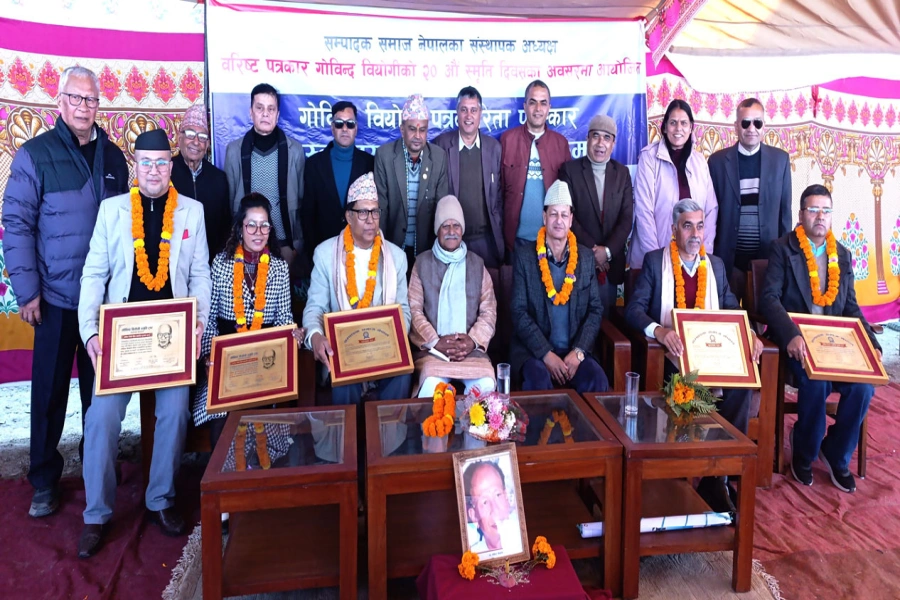In an increasingly interconnected world, the role of Information and Communication Technology (ICT) in Disaster Risk Management (DRM) and Disaster Risk Reduction (DRR) has become more vital than ever. As natural and human-made disasters grow in frequency and intensity, harnessing the power of ICT offers a transformative approach to managing and mitigating the impacts of these events. This article explores how ICT can be leveraged to enhance the effectiveness of DRM and DRR strategies, ultimately contributing to safer and more resilient communities as well saving human lives.
Role of ICT in DRM
Disaster Risk Management (DRM) involves the systematic process of using administrative decisions, organizational skills, and operational capacities to implement policies, strategies, and coping mechanisms to lessen the adverse impacts of hazards and the possibility of disasters. ICT plays a critical role in all phases of DRM: prevention, preparedness, response, and recovery. We can prevent or mitigate such risks through ICT tools such as Geographic Information Systems (GIS), remote sensing, and early warning systems are essential in identifying potential disaster risks. These technologies enable the collection, analysis, and dissemination of critical data that helps in understanding hazard patterns, vulnerabilities, and risks.
Huawei ICT Awards 2020 concludes

For example, GIS mapping can highlight flood-prone areas, allowing for better urban planning and infrastructure development to mitigate potential damage. Similarly, DRM can make the people aware of the preparedness. Effective preparedness involves planning and organizing resources and actions to ensure a timely and efficient response to disasters. ICT facilitates this through simulations, training programs, and public awareness campaigns. Mobile applications and online platforms can be used to educate communities on emergency procedures, ensuring that people are informed and ready to act in the event of a disaster.
Next is to make an alert for the quick response. During a disaster, communication is key to coordinating efforts and saving lives. ICT enables real-time communication and information sharing among response teams, government agencies, and affected populations. Tools like emergency broadcasting systems, satellite phones, and social media platforms provide crucial channels for disseminating warnings, updates, and instructions. Additionally, ICT supports the logistics and management of relief operations, ensuring that resources are deployed efficiently and effectively. At last, it supports early and safe recovery or support the post-disaster recovery which is often a complex and prolonged process. ICT supports this phase by aiding in damage assessment, tracking recovery efforts, and facilitating the reconstruction of infrastructure. Data collected through ICT tools during and after the disaster can inform future DRM strategies, contributing to a cycle of continuous improvement.
ICT in DRR
Disaster Risk Reduction focuses on reducing the damage caused by natural and human-made hazards through proactive measures. ICT contributes to DRR by enhancing the ability to predict, prepare for, and respond to potential disasters. The first one is Risk Assessment and Early Warning; ICT can easily enable the creation of sophisticated models that assess risks and predict potential disaster scenarios. Early warning systems, which integrate data from various sources such as weather stations, satellites, and sensors, can provide timely alerts to communities at risk. These warnings allow for the evacuation of vulnerable populations and the implementation of protective measures, reducing the potential impact of the disaster.
Next is community engagement. It facilitates greater community involvement in DRR efforts. Social media, mobile applications, and online platforms can be used to raise awareness, share best practices, and encourage community participation in risk reduction activities. By empowering communities with knowledge and tools, ICT helps build resilience at the grassroots level. Next stage is policy development and implementation, where the ICT can support policymakers in developing and implementing DRR strategies by providing access to accurate data and analytical tools. Decision-makers can use ICT to monitor hazard trends, evaluate the effectiveness of the existing policies, and make informed decisions on resource allocation. This leads to more targeted and effective risk reduction efforts. In another stage we can build resilient infrastructure in ICT that is instrumental in the design and development of resilient infrastructure. Through the use of modeling software and data analytics, engineers can create structures that are better able to withstand disasters. Additionally, ICT can be used to monitor the health of critical infrastructure, such as bridges, dams, and buildings, allowing for timely maintenance and repairs.
Despite many benefits, we are facing some challenges too which can be explained. While the benefits of ICT in DRM and DRR are clear, there are challenges that must be addressed to fully realize its potential. Issues such as digital divide, data security, and the need for standardized protocols can hinder the effective use of ICT in disaster management. Ensuring that all communities have access to the necessary technology and training is essential to building a more inclusive and resilient system. Moreover, collaboration between governments, private sector, and international organizations is crucial to developing and implementing ICT-driven DRM and DRR strategies.
Investments in research and development, as well as capacity building, are needed to keep pace with the rapidly evolving technological landscape. Moreover, ICT has the potential to revolutionize Disaster Risk Management and Disaster Risk Reduction by providing innovative tools and solutions that enhance our ability to prevent, prepare for, respond to, and recover from disasters. As the world faces increasing challenges from natural and human-made hazards, the integration of ICT into DRM and DRR strategies will be essential for safeguarding lives, protecting property, and building resilient communities. By harnessing the power of technology, we can reduce the impact of disasters and create a safer, more sustainable future for all.








































